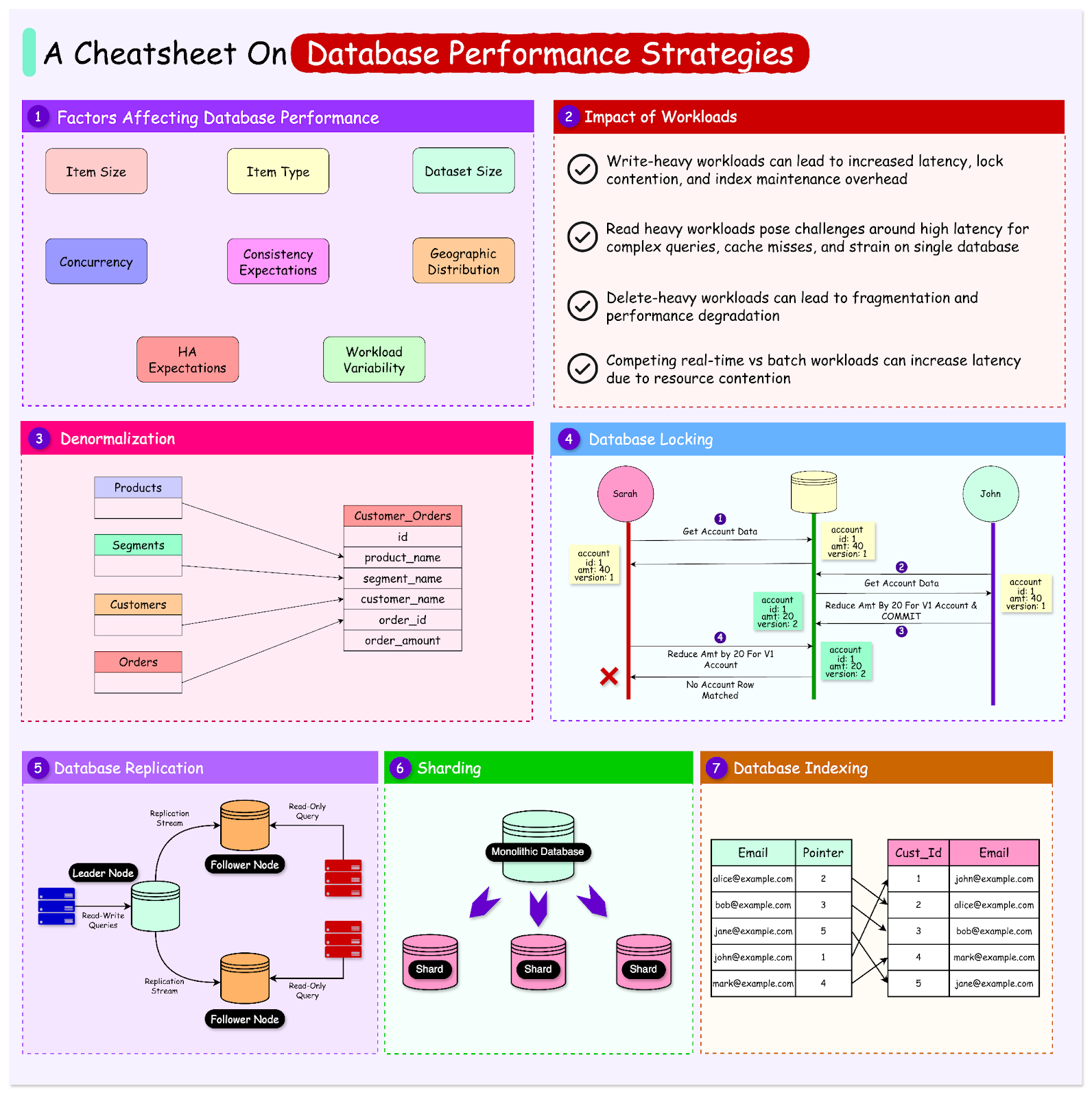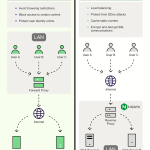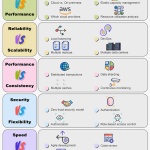Databases are the backbone of modern applications. They power everything from e-commerce platforms and financial systems to social media and analytics tools.
Ensuring good database performance is critical, as it directly impacts user experience, operational costs, and the ability to scale when needed.
Users expect applications to respond instantly. A slow database can lead to delays in fetching data, resulting in poor application performance and monetary impact. For example:
- Delayed product searches or sluggish checkout processes can frustrate customers, increasing cart abandonment rates in an e-commerce platform.
- Slow feed updates can reduce user engagement for a social media application.
A strong database performance is the key to retaining users and keeping them positively engaged with the application.
Database inefficiencies often lead to increased hardware requirements and higher cloud usage bills. Poorly optimized queries can consume excessive CPU, memory, and disk I/O. This leads to organizations provisioning expensive resources to compensate for poor performance, which could have been avoided with proper optimization.
However, optimizing database performance requires a multi-faceted approach. There is no magical one-size-fits-all strategy.
In this post, we’ll explore the various factors that can impact the performance of a database. We’ll also look at multiple strategies that can help improve the database performance.



